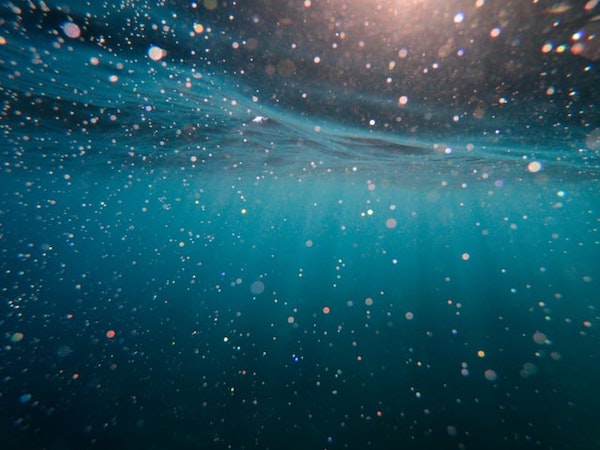Conserving and restoring nature is vital to Canada’s efforts to combat climate change; protect biodiversity and species at risk; and rebuild a strong, sustainable economy. The governments of Canada and Newfoundland and Labrador have committed to collaborate on accelerating the creation of new protected areas in the province.
The Government of Canada has committed to protecting 25 percent of lands and oceans by 2025 while working toward 30 percent by 2030. As of December 2021, about 13.5 percent of terrestrial and almost 14 percent of ocean areas have been conserved or protected in Canada.
Canada has made tremendous progress in protecting the oceans, having moved from approximately 0.9 percent protection in 2015 to today’s current total of almost 14 percent. Under Budget 2021, the Government of Canada made a historic investment to protect the health of oceans, including $976.8 million in funding over five years.
There has been progress on land as well. Between 2015 and December 2021, Canada protected 290,000 km2 of land and inland waters, an area equal to almost half the size of Manitoba. To reach the 25 percent by 2025 goal, we will need to conserve an additional 1 million km2 of land, or an area roughly the size of British Columbia. In 2021, the Government of Canada committed $4.1 billion to nature protection, including an additional $2.3 billion over five years for Canada’s Enhanced Nature Legacy to continue supporting nature conservation measures across the country, including Indigenous leadership in conservation.
Canada has over 243,000 km of coastline along three oceans and another 9,500 km along the Great Lakes—the longest coastline in the world. The vast marine ecosystems off these coasts are varied, productive, and precious. As a maritime nation whose geography, culture, and history have been shaped by this marine legacy, Canada has a responsibility to protect this marine heritage for present and future generations.
National marine conservation areas (NMCAs) are established and managed to protect representative examples of marine regions in Canada for the benefit, education, and enjoyment of Canadians and the world.
The Government of Canada is committed to working with provinces, territories, and Indigenous Peoples to expand the network of conservation areas to further protect native species and their habitats. In addition, the creation of Indigenous Protected and Conserved Areas will help Canada adapt to climate change and meet its commitments to protect nature, culture, and biodiversity.
The creation of new protected areas in Newfoundland and Labrador will be funded in part through the additional $460 million over five years announced last November to protect and expand twenty-two of Canada’s national wildlife areas and to create ten new national parks, ten new national marine conservation areas, and four new freshwater marine conservation areas.









